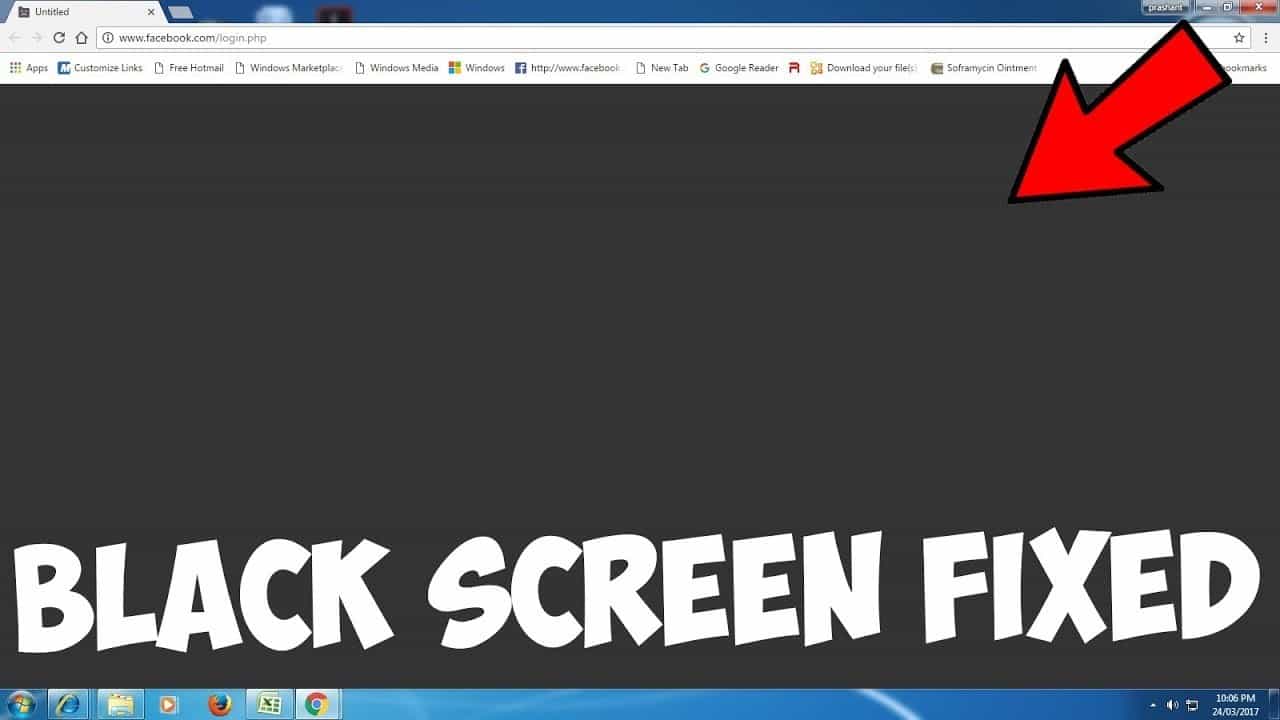

Thus SNN and BL2 in particular have very little performance impact.Īll credit goes to irixxxx – many thanks for giving us permission to use your work in RetroArch! The performance overheads relative to the existing Upscale_256x-320×240 filter are:

Retroarch windows 10 crash plus#
Tested with the Snes9x 2005 Plus core (a lightweight core which is nonetheless at the upper limit of many low powered handheld devices), we see the following increase in total performance overheads when each filter is applied (note that the existing Upscale_256x-320×240 filter is included for comparison): Go here to see several screenshots demonstrating the output of each filter type: (click for full-size images) Picoscale_bl4_256x-320×240: 4-level-bilinear with 4 quantized weightsĮssentially, both image ‘smoothness’ and performance requirements increase in order of snn -> bl2 -> bl4. Picoscale_bl2_256x-320×240: 2-level-bilinear with 2 quantized weights Picoscale_snn_256x-320×240: ‘Smoothed’ nearest neighbour Much like the existing Upscale_256x-320×240 filter, this is intended for use on platforms/devices with native 320×240 resolution support, where it greatly reduces aliasing while producing a significantly sharper image than conventional (hardware) bilinear filtering. This uses a number of high quality, high performance algorithms developed by irixxxx for Picodrive standalone to upscale 256×224, 256×239 and 256×240 content to 320×240 (content of any other resolution is passed through unchanged). Fixed potential bug when swapping between HDR and SDR and the bit depth not being set correctlyġ.9.10 adds a new Picoscale_256x-320×240 video filter.Added ability to skip inverse tonemapper to the shader via the constant buffer using ‘inverse_tonemap’ – set to 0.0f to skip.D3D11/HDR: Fixed D3D11’s blend, rasterizer and topology states not being set to the sames when using HDR and leaving the menu – caused issues with PCSX2’s Shadow of the Colossus.Fixed contrast to be more correct – now scales from 0-10 linearly and behaves more the way you’d expect it to – changed name to ditch legacy settings users may have.High Dynamic Range fixes for D3D11/D3D12! The Steam version should be updated to 1.9.10 soon. So we hope people are understanding of this and appreciate the swiss knife flexibility and power of RetroArch in the meantime instead of focusing on the overall complexities or whatnot of the UI/UX. We are a small team, and we definitely intend to simplify the UI at least for beginners in the coming months, but we are simply not ready yet. Lastly, we hope that new users can be understanding of the fact that RetroArch’s UI might have a bit of an initial learning curve. There is work underway on automation – the idea is that both cores and RetroArch on Steam would be updated automatically.Steam Cloud sync should be supported for save files.

We make no guarantees as to how well this will work.


 0 kommentar(er)
0 kommentar(er)
